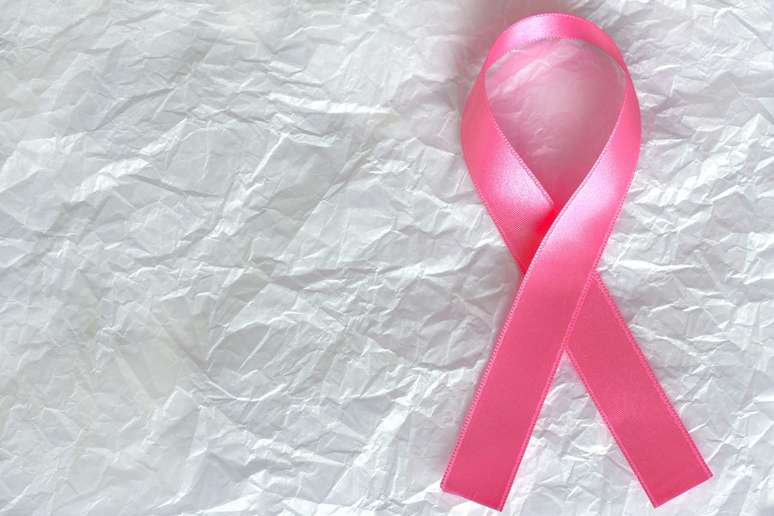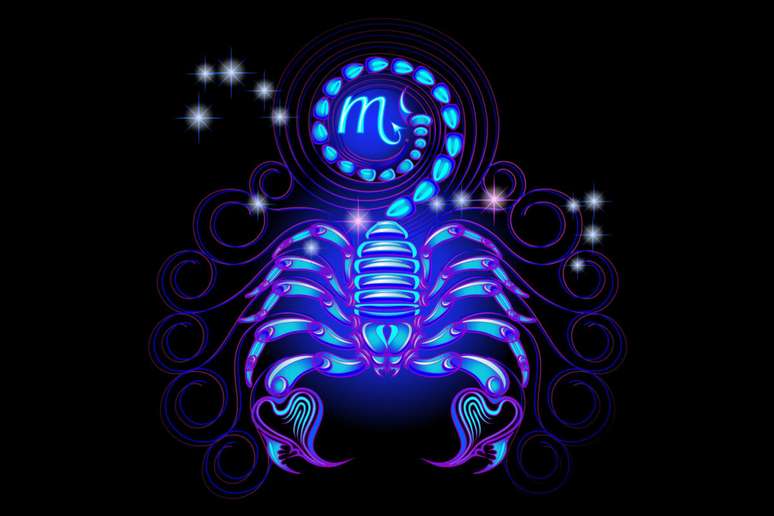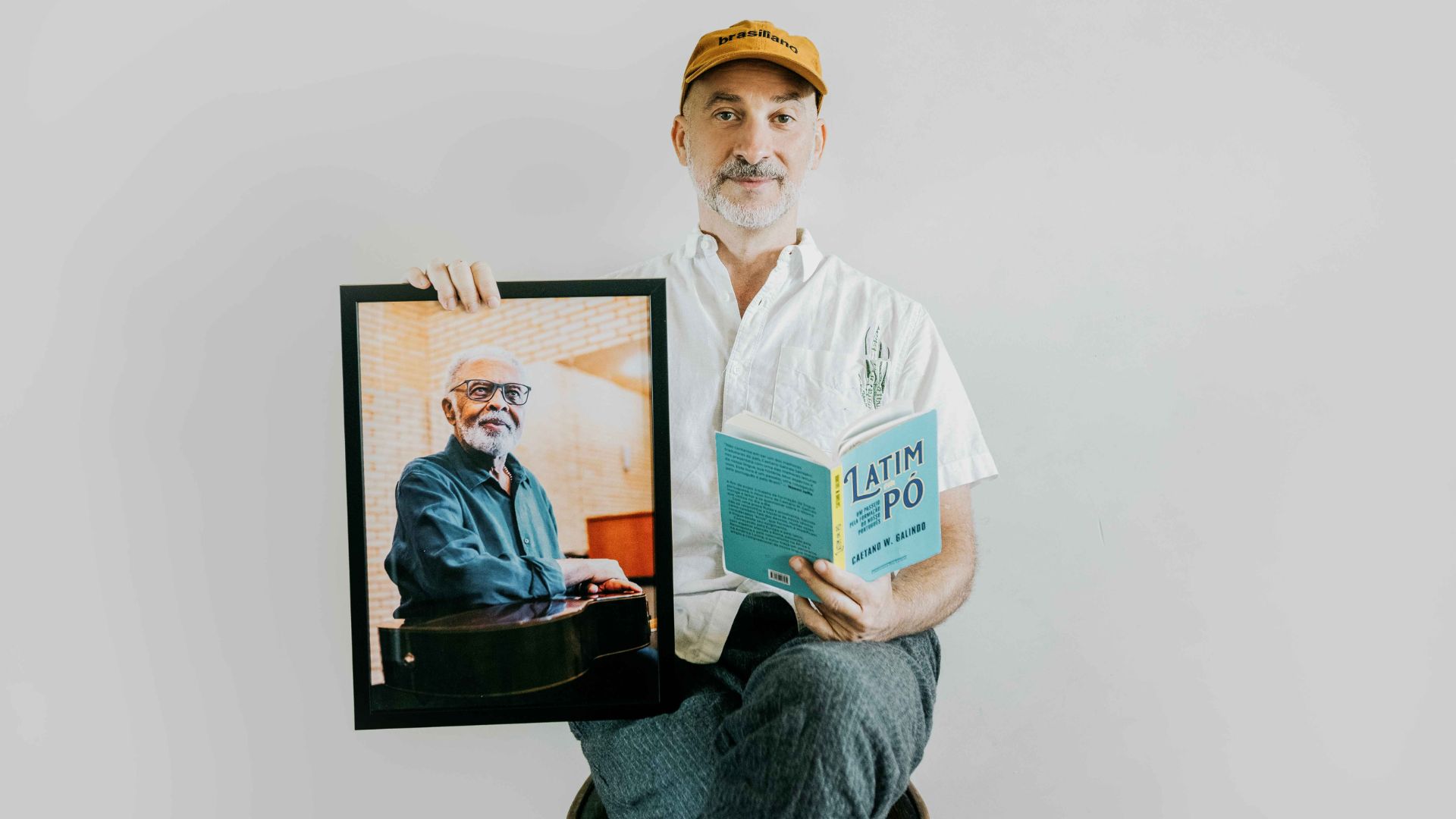With around 73 thousand new cases estimated for 2024 in Brazil, breast cancer is the most common type among women. Skin care during treatment is essential to improve patients’ quality of life. According to data from the National Cancer Institute (INCA), skin cancer […]
With around 73 thousand new cases estimated for 2024 in Brazil, breast cancer is the most common type among women. Skin care during treatment is essential to improve patients’ quality of life
According to data from the National Cancer Institute (INCA), breast cancer in women accounts for approximately 29.7% of new cases of the disease. For many of these patients, radiotherapy, chemotherapy and mastectomy treatments become essential in the fight against cancer, but they bring with them not only a profound psychological impact, but also negative effects on the skin, which require specific care.
Affected skin
According to specialist Cynthia Nara, pharmacist, researcher and CEO of Pele Rara, a leading company in products for sensitive skin, during chemotherapy treatment it is normal for the skin to suffer aggression, such as dryness, sensitivity and even flaking. This occurs due to the action of drugs that affect not only cancerous cells, but also healthy ones.
Cynthia emphasizes the importance of using solutions that help maintain skin integrity during cancer treatment. “It’s essential to look for products that help protect and restructure sensitive skin, with natural ingredients and technologies that alleviate the effects of radiation, medications and surgery.”
Signs
According to Nara, “the skin, in addition to being a protective barrier, is also a mirror of internal health and, in the case of breast cancer, it can present signs that go beyond simple appearance. Therefore, taking care of your skin is more than an aesthetic question; it is a way to protect your health, maintain faith in recovery and adhere to treatment.” In the case of breast cancer, it may present signs such as the appearance of lumps in the breast, swelling similar to an orange peel, retraction of the skin , redness and even ulceration These are signs that require immediate attention, as they could indicate something more serious.
Treatment
In this sense, specialist dermatological care is a crucial ally for those facing breast cancer. Lara Fileti Arruda, dermatologist at the São Francisco de Mogi Guaçu Hospital, emphasizes that to alleviate the effects of breast cancer treatment on the skin, the main thing is hydration. “A well-hydrated skin will suffer less than an already dry and irritated skin. Keeping the skin barrier well hydrated is essential so that the treatment has as few complications as possible. And if any manifestations occur, the advice is to consult a dermatologist as soon as possible” , Lara points out.
Psychological impacts of breast cancer
Neuropsychologist Aslan Aves explains that body image and femininity are closely linked to women’s perception of themselves. Feelings such as fear, anxiety, sadness are often present. And they are intensified by uncertainty about the future and changes the body undergoes during treatment.
“Some advice helps to deal with the process better. How to provide emotional support to these women, avoiding minimizing their feelings. Respecting the person’s physical and emotional limits and offering practical help, such as monitoring requests or other activities. Encourage seeking psychological supports, so that they can give new meaning to the experience and develop emotional tools to deal with the challenges that arise during treatment and recovery”, advises Aslan.
Specialist Cynthia Nara adds: “often, when the skin is well, patients continue to believe in the cure. When the skin starts to get sick during chemotherapy, the patient thinks that the cancer is winning and abandons the treatment.” Therefore, prepping your skin is directly linked to emotional health. Cynthia, CEO of Pele Rara, tries to help patients reframe this moment of pain. “The challenge of making a person feel alive and welcomed is not to deny their physiological process. It is to be present in their treatment,” he concludes.
Source: Terra
Ben Stock is a lifestyle journalist and author at Gossipify. He writes about topics such as health, wellness, travel, food and home decor. He provides practical advice and inspiration to improve well-being, keeps readers up to date with latest lifestyle news and trends, known for his engaging writing style, in-depth analysis and unique perspectives.









